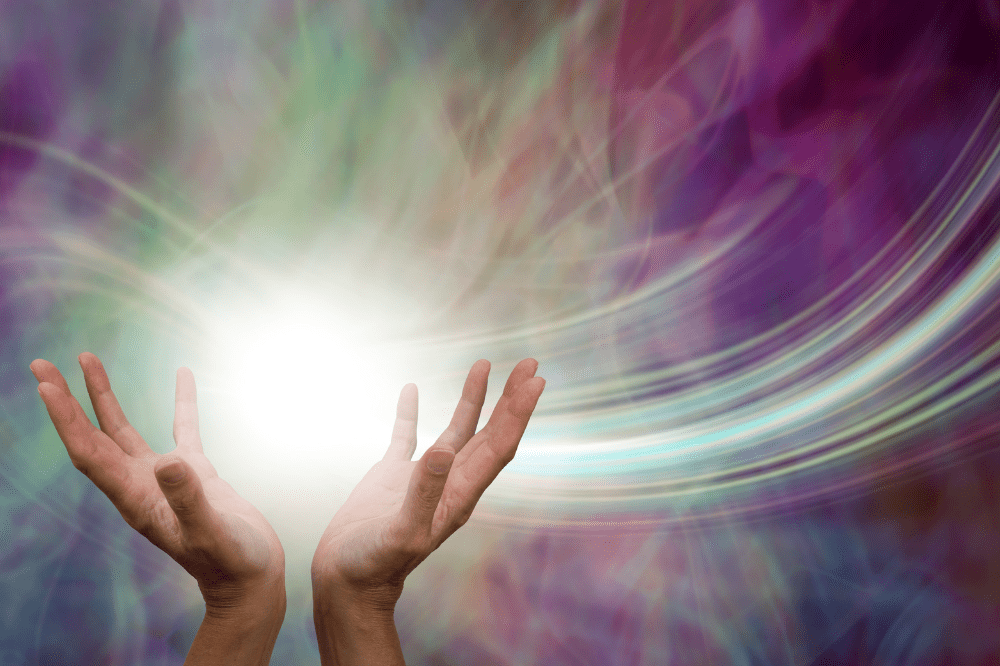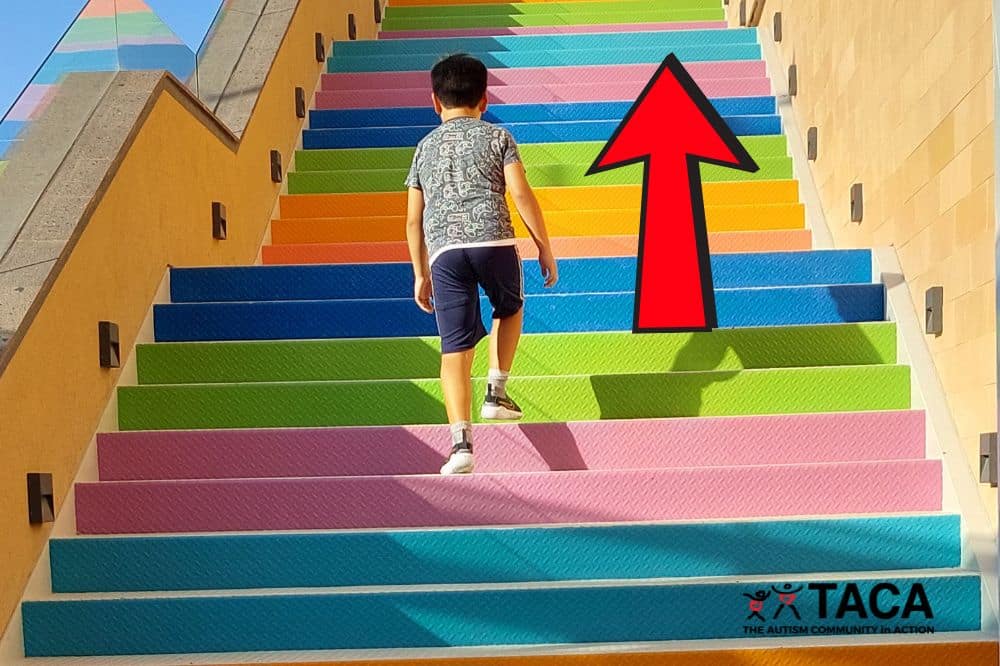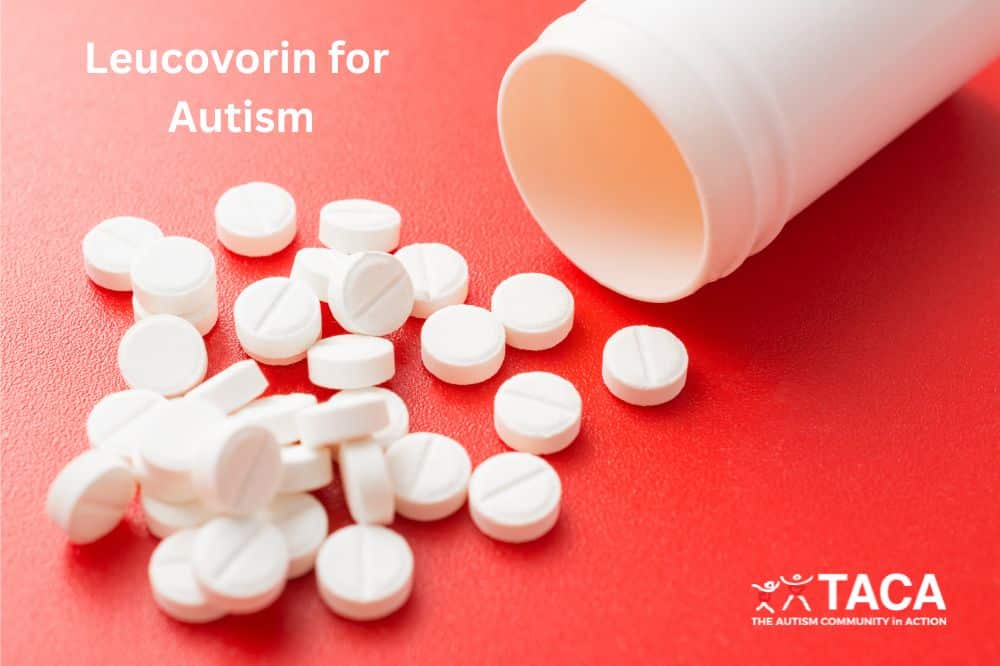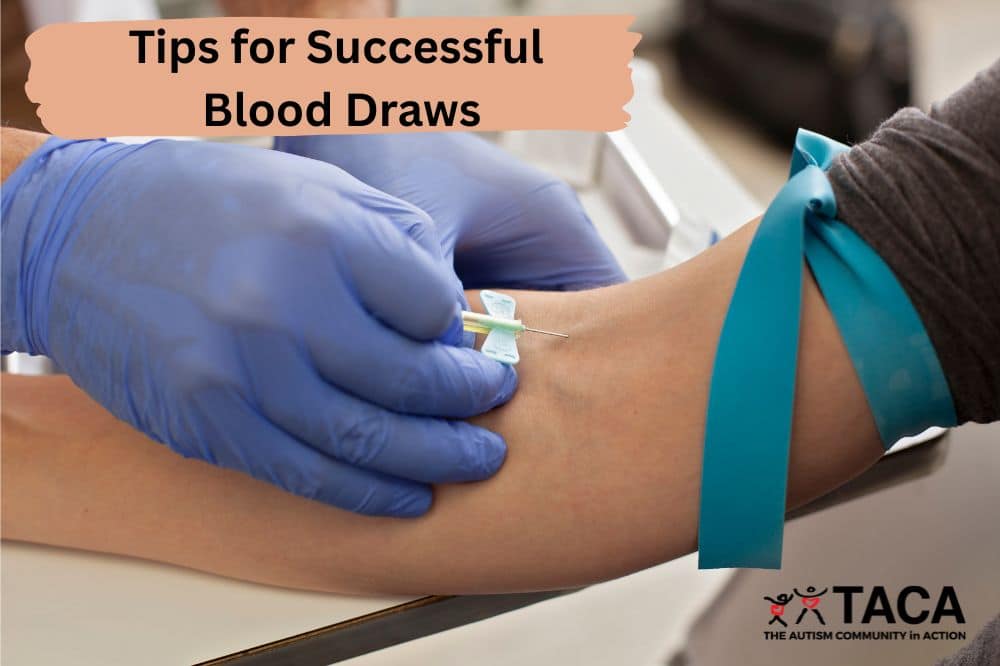Autism Treatment Methods

All contents of this resource were created for informational purposes only and are not intended to be a substitute for professional advice, diagnosis, or treatment. Always seek the advice of your physician, therapist, or other qualified health providers with any questions or concerns you may have.
Autism is a complex disorder that may require more than one healing modality to achieve optimal health. There are numerous treatment methods that work in different ways. It is important to choose the healing modalities that, you as the parent, feel most comfortable using. Learn more about the wide variety of treatment methods in this article.
This article will cover:
- Allopathic medicine
- Functional medicine
- Homeopathy
- Isopathy (LDA/LDI)
- Body healing
- Bioenergetic medicine

Allopathic medicine
Allopathic medicine is the type of medicine that we know best. It focuses on diagnosing and treating the symptoms of disease. Therefore, it can be extremely helpful for diagnostic purposes.
Types of Doctors that practice allopathic medicine:
- MD (Medical Doctor)
- PA (Physician assistant)
- NP (Nurse practitioner)
Lab testing
- Uses blood testing, stool testing, urine testing
Specialty testing
- May use imaging or such as x-ray, MRI, CT scan to diagnose conditions.
- Can use other procedures depending on the specialty such as EEG, colonoscopy, and endoscopy.
Treatments used
- Prescribes medication and therapy to treat.
Finding a doctor
- Ask around locally for open-minded doctors in the specialty you need.

Functional Medicine
Functional medicine is a treatment method that focuses on finding and treating the root cause of disease, instead of simply addressing symptoms. This 10 minute video explains why parents are using functional medicine to treat autism and the science behind why it works.
Functional medicine doctors that cannot prescribe medication in most states:
- ND (Naturopath)
- DC (Chiropractor)
Functional medicine doctors that can prescribe medication:
- MD (Medical Doctor)
- DO (Doctor of Osteopathic Medicine)
- PA (Physician’s assistant)
- NP (Nurse practitioner)
Please note that doctors who can prescribe medication typically need to see patients in person at least once per year.
Lab testing:
Uses mainstream blood testing, stool testing, urine testing in addition to other functional medicine testing.
Treatments used:
Uses herbs, medication, supplements, and nutrition to treat underlying medical issues.
Finding a functional medicine doctor:
- See this TACA article on Finding a Doctor to learn more.
- Join the TACA-Hope &Help for Autism Facebook group to gain access to a list of parent-recommended functional medicine doctors listed by state.

Homeopathy
Homeopathy is the theory of “like treats like”. This treatment method is based on the idea that substances that produce symptoms of sickness in healthy people will have a healing effect when you give them in very dilute quantities to sick people who exhibit those same symptoms.
Practitioners:
Practitioners that solely use homeopathy are called homeopaths. They are trained at length at a specialty school, or directly under the guidance of a trained homeopath. An experienced homeopath has at least ten years of direct homeopathy treatment history.
Treatment:
The very dilute quantities of substances used for treatment are called remedies.
- Remedies are meant to spark the body’s own healing processes and bring the body back to homeostasis.
- Remedies are very specific to the individual.
- One person’s remedy will not be the same as another’s – even for the same illness.
- Use a homeopath to pick the correct remedy when dealing with a chronic condition such as autism, allergies, or asthma.
- It is not advised to administer homeopathic remedies without guidance.
How to administer remedies:
- Do not touch the remedies.
- Dump one pellet directly into the mouth or dilute it in water and give a few drops of water.
- Remedies are sugar pellets sprayed with the diluted substance. Therefore, touching them may rub off the effect.
How to find a homeopath:
- Ask around locally for referrals.
- Here is a link that may give you some leads on homeopaths in your area.
Isotherapy
Isotherapy is the theory that the agent that caused the disease can also cure the disease when given in a very dilute amount. This treatment method includes LDA and LDI.
Practitioners:
Practitioners that use LDI or LDA are typically medical doctors or naturopaths that are specifically trained in this field.
Low Dose Allergen Immunotherapy (LDA)
LDA is an ultra-low dose immunotherapy that uses mixtures of allergens (antigens) given with the enzyme beta-glucoronidase, which helps stimulate an immunologic response that results in reducing allergic type reactions.
Low Dose Immunotherapy (LDI)
Low dose immunotherapy is similar to LDA, but the substances used are extreme dilutions of viruses, infectious agents, bacteria, candida, etc.
Treatment:
LDA & LDI are typically given as water drops.
Treatment is mainly based on patient history.

Body Healing
These treatment methods focus directly on helping the body heal on its own.
Cranialsacral Therapy (CST)
Cranialsacral therapy is a simple manual procedure involving light, therapeutic touch administered to the head and neck to encourage the exchange of cerebrospinal fluid throughout the body. In addition, therapists also evaluate and gently correct cranial bone movement.
Primitive Reflex Integration
Primitive reflexes are automatic, involuntary movements present at birth that protect and help an infant to survive outside the womb. The maturing nervous system will automatically integrate these reflexes. However, when a child does not properly integrate their reflexes, important steps in development are missed. Therefore, testing for retained primitive reflexes is helpful. If reflexes are retained, there are daily exercises that can be done to push proper development along. Learn more in TACA’s article on Primitive Reflex Integration.
Myofascial Release
Myofascial release is a form of manual therapy that relaxes contracted muscles, improving blood and lymphatic circulation. In myofascial release therapy, the therapist finds connective tissue restrictions and then applies gentle but firm pressure for a sustained period of time. Individuals with autism report being able to focus better, have less self-stimulatory behaviors, and being more receptive to touch.
Light Therapies
Photobiomodulation (PBM) is a technology that uses wavelengths of light for therapeutic purposes. It involves the delivery of light to a particular part of the body. This 2022 study showed that transcranial PBM therapy reduced ASD severity, in addition to behavioral and cognitive rigidity.
There are two different types of PBM therapy – LASER and LED
- LASER light can penetrate the skin and enter the cells. It increases the cell’s ability to absorb oxygen and nutrients and excrete wastes and toxins. In addition, it further increases the permeability of the cell, which allows for a sharp decrease in swelling, pain and inflammation.
- Red light therapy is a type of PBM therapy that uses LED light. It delivers a combination of red LED and near infrared LED to targeted parts of the body. These types of light can enhance energy levels, sleep quality, cognitive abilities.
Neurofeedback
Neurofeedback is brain training. It is a non-invasive treatment that encourages the brain to develop healthier patterns of activity. This brain remapping leads to overall better functioning. A person is hooked up to electrodes on their head while the computer reads the brain waves. In this way, the computer can read the brain waves in real time. Patients may be asked to perform different computer-based tasks or watch videos. The repetition of these exercises trains the brain to function optimally.
Hyperbaric Oxygen Therapy
Hyperbaric oxygen therapy involves breathing pure oxygen in a pressurized chamber with the goal of reducing inflammation, controlling bacteria, and helping the body repair tissues. There are two types of chambers – hard chamber and soft chamber.
- Hard hyperbaric oxygen chambers use 100% oxygen and can pressurize to 3.0 ATA. Patients must dive in a clinic setting.
- Soft-sided hyperbaric oxygen chambers (also known as mHBOT) can pressurize to 1.3 ATA and requires an oxygen concentrator to convert ambient room air to 92% – 97% oxygen while using a mask in the chamber. This type of chamber can be purchased with a prescription and used in the home. However, please be aware that it is very expensive.
- See this TACA article to learn more about Hyperbaric Oxygen Therapy.
Transcranial magnetic stimulation (TMS)
TMS is a procedure that uses magnetic fields to stimulate nerve cells in the brain to improve depression and OCD symptoms. Rapid TMS to the frontal lobe works to restore frontal lobe to normal function. It is only done in the practitioner’s office.
- Magnetic Resonance Therapy (MeRT) is a customized use of TMS that begins with a qEEG to develop a tailored treatment. It generates magnetic waves to stimulate targeted areas of the brain.
Transcutanious Vagus Nerve Stimulation (tVNS)
In autism, there is a chronic imbalance between the sympathetic and parasympathetic system, which results in a chronic stress response. The tVNS provides a decrease in the fight or flight response in the short term, and a decrease in inflammation in the long term. Conveniently, patients can do this in the practitioner’s office or at home. There are many brands including the alpha stim.
Heart Rate Variability (HRV) Biofeedback
Heart rate variability biofeedback involves paying close attention to nuances in breathing. Numerous studies have demonstrated the positive effect of HRVB in reducing physical and psychological symptoms and increasing wellbeing. In autism specifically, HRV biofeedback has been shown to help with anxiety.
Pulsed Electromagnetic Field (PEMF)
PEMF therapy works by directing small amounts of energy toward a specific part of your body via a specialized magnetic device, such as a mat. Research shows it may help reduce inflammation. In addition, PEMF treats fibromyalgia pain.
Helminths
Helminths are a whipworm parasite. They are intentionally given to redirect an overactive immune response which is causing chronic inflammation. As a result, helminths can be most helpful in cases of autoimmunity, and PANS/PANDAS.

Bioenergeric Medicine
Energy medicine focuses on the transfer of energy in through cells, tissues, and living organisms. Studies confirm that water structure changes when it is exposed to different vibrations and frequencies. The same theory applies to bioenergetic medicine. Matter and energy are the two basic components of the universe. Everything around us is energy. Therefore, this type of medicine works to harness that energy to tell us more about the body, or treat ailments. Mainstream medical doctors do not practice bioenergetic medicine.
Applied Kinesiology
An applied kinesiologist uses muscle testing and relationships like those between muscles and organs to aid in diagnosis and treatment of illnesses.
Bioresonance Therapy (BRT)
Bioresonace is a method of energy treatment that uses electromagnetic frequencies to detect pathologies, bacteria, viruses, parasites, toxins and other harmful substances.
Grounding
Grounding, also known as earthing, refers to direct skin contact with the earth. Simply walking barefoot on grass, sand, or dirt is grounding. Doing this realigns your electrical energy. Consequently, grounding encourages better blood flow and calming.
Conclusion
At TACA, we understand that autism is a complex disorder. For that reason, parents investigate many treatment methods to help their children. There are methods of allopathic medicine, functional medicine, homeopathy, isopathy, body healing, and bioenergetic healing. Finally, parents must find methods that are safest and most effective for their children.




